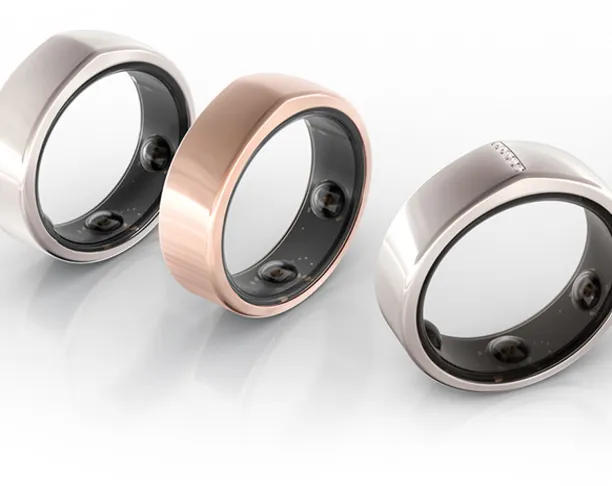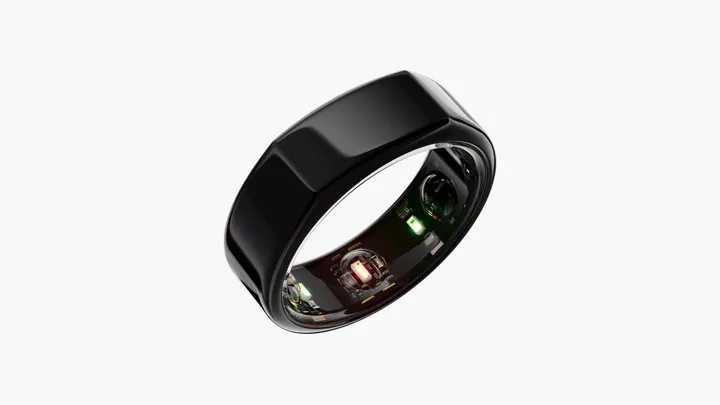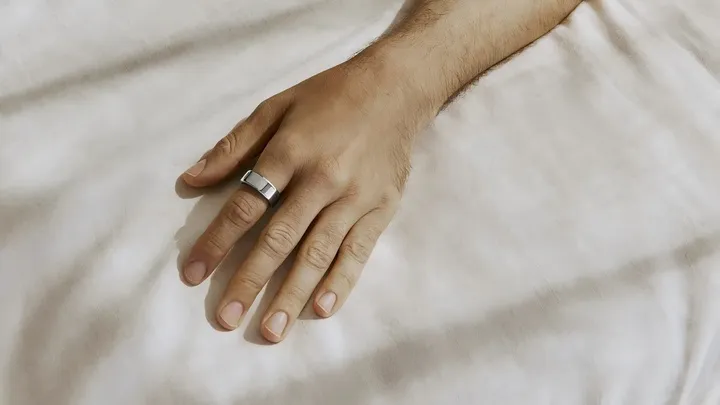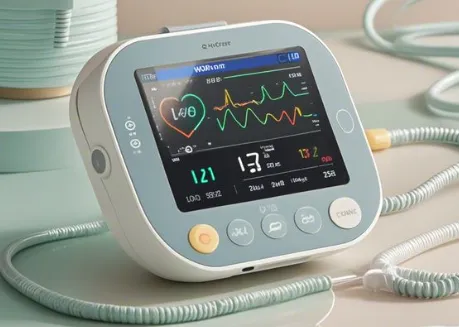
The Rise of Smart Rings: A Fusion of Medical Monitoring and Engineering Innovation
With continuous advancements in science and technology, smart wearable devices are rapidly evolving and have become an essential part of daily life. Among these, smart rings have emerged as an innovative addition, showcasing the infinite charm of integrating medical monitoring with engineering innovation. By combining medical monitoring needs with cutting-edge technology, smart rings are revolutionizing personal health management, acting as a “guardian of health” right at your fingertips.

I. Appearance & Design
Smart rings resemble ordinary rings in appearance but house advanced technological components within. They are typically made from lightweight and durable materials such as titanium alloy, ceramics, or medical-grade plastic to ensure comfort and safety. Their compact and sleek design allows them to fit seamlessly on the finger, blending naturally into various settings, whether at work, during exercise, or in social ga
II. Working Principle & Core Technologies

1. Sensor Technology
- Tri-color Light Sensor: Thi
- Accelerometer Sensor: It detects motion and converts it into electrical signals, measuring both static and dynamic acceleration. This helps track movement status, position, and acceleration changes.
- Other Optional Sensors: High-end smart rings may include additional sensors, such as temperature sensors, which enable real-time body temperatu
2. Wireless Communication Technology
Smart rings use Bluetooth or Near Field Communication (NFC) to transmit collected data to connected smart devices or cloud-based medical platfor
3. Data Processing & Algorithm Technology
Advanced data processing and algorithms efficiently analyze raw sensor da
- Signal Processing Algorithms rem
- Health Data Analysis Algorithms e
III. Health Monitoring Functions

1. Cardiovascular Health Monitoring & Alerts
Smar
2. Respiratory Health Monitoring
Equipped wi
3. Sleep Quality Tracking
Smart rings monitor sleep by tracking heart rate, breathing, and body movement, identifying sleep stages such as light sleep, deep sleep, and REM sleep. By analyzing sleep cycles and proportions, the ring assesses sleep quality and detects issues like sleep apnea. If abnormalities are detected, it provides personalized sleep improvement suggestions, such as adjusting sleep schedules or optimizing sleep environments.
4. Fitness & Exercise Assistance
Some smart rings recognize different workout activities, such as running, cycling, and swimming. By detecting exercise patterns, they offer real-time training guidance based on specialized fitness algorithms, helping users optimi
IV. Applications in Healthcare

1. Early Disease Detection & Warnings
By collecting and analyzing large amounts of health data, smart rings establish baseline health indicators. When a user’s data significantly deviates from normal ranges, the ring detects abnormalities and issues early warnings.
- For cardiovascular diseases, smart rings analyze heart rate variability and abnormal fluctuations, helping to identify potential risks like arrhythmias or myocardial ischemia before severe symptoms occur.
2. Chronic Disease Management
Smart rings can support the management of chronic diseases such as diabetes and COPD by integrating with blood glucose monitors and lung function testing devices.
- They track vital signs, medication adherence, diet, and exercise, providing personalized treatment recommendations to help users maintain stable conditions and reduce complications.
- Through telemedicine platforms, doctors can access patient data remotely, offering timely interventions and professional guidance, enhancing the efficiency and precision of chronic disease management.
3. Neurorehabilitation Support
Smart rings also play a valuable role in rehabilitation for stroke and traumatic brain injury patients. By tracking fine motor movements like grip strength and finger dexterity, they help evaluate neurological recovery progress.
- Rehabilitation Training Games: Based on patient movement data, interactive games can be designed to aid motor recovery. These games simulate daily activities such as buttoning clothes, using utensils, or writing, making rehabilitation more engaging and effective.
Conclusion
With their compact design, cutting-edge technology, and diverse health monitoring capabilities, smart rings represent a significant advancement in wearable healthcare. As they continue to evolve, their integration with medical applications will further revolutionize personalized health management, enhancing early disease detection, chronic disease monitoring, and rehabilitation therapies.
